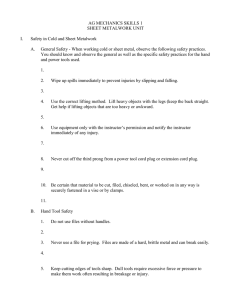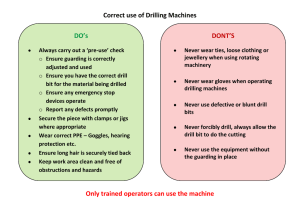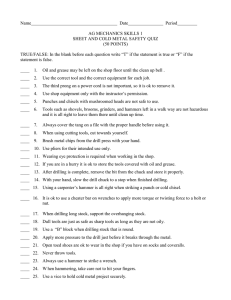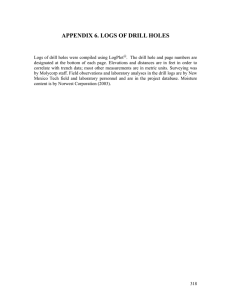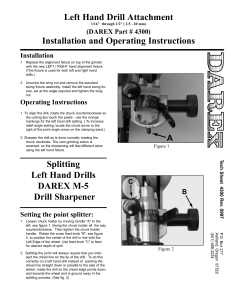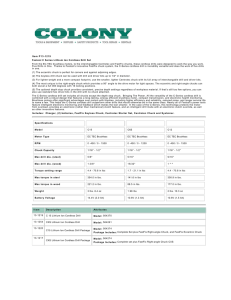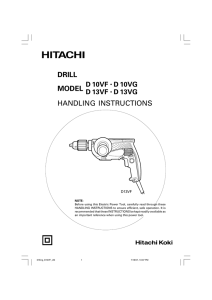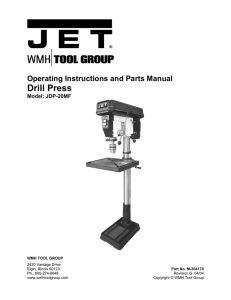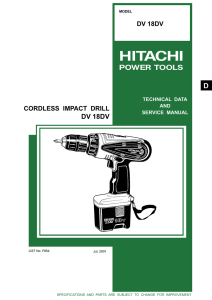AG MECHANICS SKILLS 1 SHEET METALWORK UNIT I.
advertisement
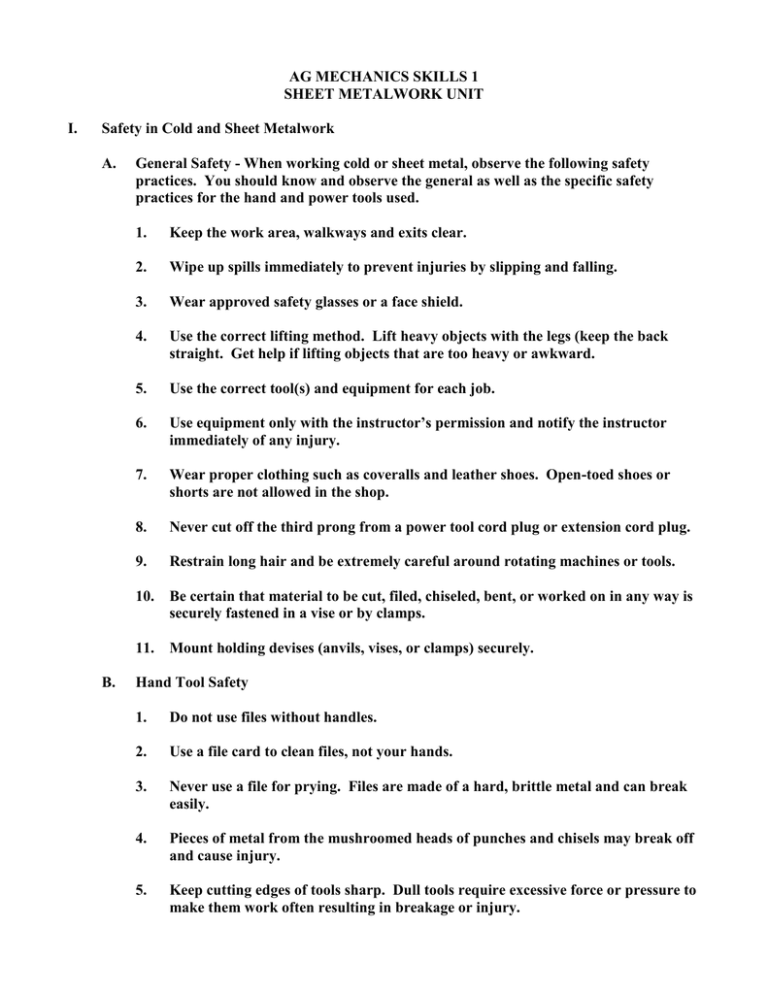
AG MECHANICS SKILLS 1 SHEET METALWORK UNIT I. Safety in Cold and Sheet Metalwork A. B. General Safety - When working cold or sheet metal, observe the following safety practices. You should know and observe the general as well as the specific safety practices for the hand and power tools used. 1. Keep the work area, walkways and exits clear. 2. Wipe up spills immediately to prevent injuries by slipping and falling. 3. Wear approved safety glasses or a face shield. 4. Use the correct lifting method. Lift heavy objects with the legs (keep the back straight. Get help if lifting objects that are too heavy or awkward. 5. Use the correct tool(s) and equipment for each job. 6. Use equipment only with the instructor’s permission and notify the instructor immediately of any injury. 7. Wear proper clothing such as coveralls and leather shoes. Open-toed shoes or shorts are not allowed in the shop. 8. Never cut off the third prong from a power tool cord plug or extension cord plug. 9. Restrain long hair and be extremely careful around rotating machines or tools. 10. Be certain that material to be cut, filed, chiseled, bent, or worked on in any way is securely fastened in a vise or by clamps. 11. Mount holding devises (anvils, vises, or clamps) securely. Hand Tool Safety 1. Do not use files without handles. 2. Use a file card to clean files, not your hands. 3. Never use a file for prying. Files are made of a hard, brittle metal and can break easily. 4. Pieces of metal from the mushroomed heads of punches and chisels may break off and cause injury. 5. Keep cutting edges of tools sharp. Dull tools require excessive force or pressure to make them work often resulting in breakage or injury. C. 6. Always cut in a direction away from yourself. 7. Carry sharp tools properly with the cutting edge facing down. 8. Do not use hammers with loose heads, they might fly off. 9. Never use a carpenter’s hammer to strike a metal tool (punch, chisel, etc.). 10. When hammering, take care not to hit your fingers. 11. Use the correct size wrench and adjust it to fit snugly to avoid slipping. 12. Pull on wrenches-do not push! Pushing on a wrench is dangerous because the nut may break loose unexpectedly causing scraped or cut knuckles. 13. Never extend handles with a pipe (cheater bar) because the tool may break causing injury. 14. Never strike a wrench with a hammer. This may cause it to bend or break. 15. Use pliers for their intended use only. 16. Wrenches with badly worn, chewed, or spread openings are likely to slip and should not be used. 17. Never throw tools. They may be damaged or cause injury to others. 18. Keep tools clean and free from oil and grease. 19. Store tools in their proper place. Drill Press Safety 1. Wear industrial quality eye protection. 2. Use good-quality bits. For the safest and most efficient operation, use only straight, sharp, burr and nick-free bits. 3. Tighten the bit in the chuck with a chuck key and remove it after use. 4. Secure stock to be drilled in a vise or with clamps and use a V-block when drilling round stock. 5. Remove chips with a brush, not your hands. Cuttings are sharp and slivers or cuts may result. 6. Relieve pressure on the drill just before it breaks through the stock to prevent it from binding, causing the stock to rotate or the drill bit to break. 7. Support both ends of long stock. This will keep undue pressure from being exerted on the drill. 8. Never attempt to stop revolving stock with your hands! Stop the drill and free the bit. 9. Never slow the rotating chuck down with your hands. 10. After drilling is complete, remove the bit from the chuck and store it properly. 11. When using the drill press, do not wear baggy clothing or allow long hair near the rotating bit.
